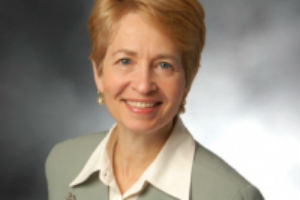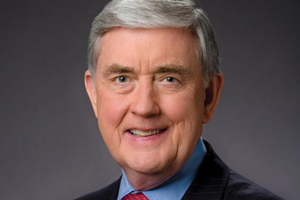Seattle — In a call to action that was sometimes provocative, attendees of the Independent Sector (IS) annual conference here were told that the status quo was not enough. Leaders must take action on structural issues of the sector and their organizations and think about what both will look like and operate 25 years from now.
IS President and CEO Diana Aviv challenged the more than 1,200 executives that “fashioning our future requires retracing the past. I’ll start with a nascent democracy, from which interdependent, mutually beneficial and vital relations sprang.” She called it the virtuous cycle. “Pluralism thrives when we are free to follow our individual passions but also when we recognize our role in the broader social ecosystem,” she said.
Enlisting the audience to think about the future, Aviv unveiled details of how her organization is working on a “strategic visioning” to decide if the organization should be a change agent or a trade association of change agents.
IS Board Vice Chair Steve McCormick referred to the work, which he is leading, as a “re-founding of Independent Sector” earlier in the morning during the organization’s annual business meeting.
Aviv said during the business meeting that the process started in December 2013 and will be an ongoing process through 2015, possibly convening stakeholders around the country in discussions regarding the organization’s evolution for the next 25 years. Much of it will deal with information delivery and what members need. The talks will involve financial issues of how the services will be funded and possible change in how members support the organization.
In speaking of the broader sector, Aviv told the plenary audience she is “deeply worried” that the sector’s methods of operation “shackle our hands at a time when the world needs us more than ever … Instead of serving as active, vibrant participants in the wider world around us, we’ve limited the ways we perform our work to increasingly smaller areas of expertise.”
Said Aviv: “I fear we have become part of the problem rather than part of the solution.”
She explained that producing concrete results is only a part of the solution. “Unless we recognize that we are part of a larger social ecosystem and that our individual progress depends on the successes of others in the parallel, we will win victories here and there, but not sustain long-term goals. We can’t move forward by specializing even further or clinging to the past.”
There are three springboards to getting to the future: people networks, business allies and government partners. The people networks, virtual networks, will take technology and the “attendant skill sets needed to tap them,” she said.
Corporate America is becoming more aware of a shortage of skilled labor and is seeking opportunities to partner with nonprofits and leaders need to know the key for-profit players in their communities. When it comes to government, when federal officials are not willing or able to help, leaders should turn to their state, city and local officials when nonprofit leaders can shape public policy.
In looking to Independent Sector’s future, Aviv admitted she did not yet know how it looks. “I envision individuals, robust institutions and vibrant communities working together to improve our world. … Achieving it will depend on our willingness to ask ourselves what kind of community we want to hand off to the next generation.”











